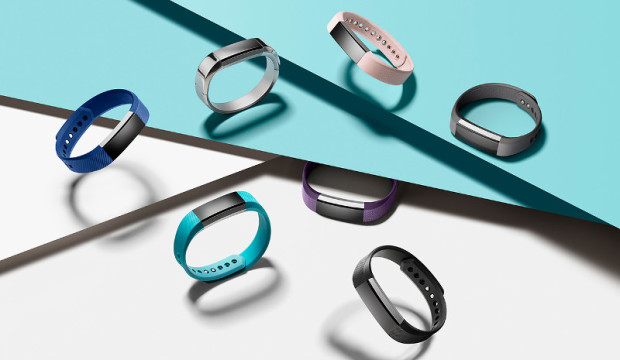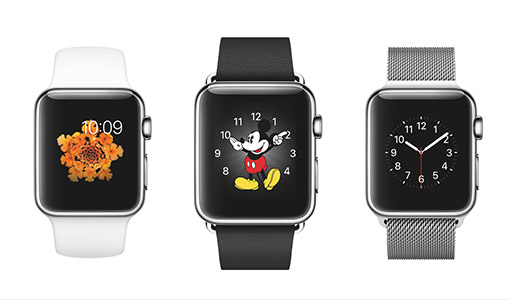 Fitbit kicked off 2016 much as it finished 2015: At the top of the wearables market. It remained the top manufacturer in the wearables market in Q1 2016 as overall shipment volumes reached 19.7 million units, a 67.2% jumped from the 11.8 million units shipped in same quarter a year ago.
Fitbit kicked off 2016 much as it finished 2015: At the top of the wearables market. It remained the top manufacturer in the wearables market in Q1 2016 as overall shipment volumes reached 19.7 million units, a 67.2% jumped from the 11.8 million units shipped in same quarter a year ago.
While volumes grew as expected, the top five manufacturers list saw changes as basic wearables, those that cannot run third party applications, continue to hold their own against smartwatches and other more powerful wearables.
“The good news is that the wearables market continues to mature and expand,” noted Ramon Llamas, research manager for IDC’s Wearables team. “The wearables that we see today are several steps ahead of what we saw when this market began, increasingly taking their cues from form, function, and fashion. That keeps them relevant. The downside is that it is becoming a crowded market, and not everyone is guaranteed success.”
Fitbit remained the undisputed king of wearables as shipments grew 25.4% year-over-year to 4.8 million devices (thanks in large part to the new Fitbit Blaze and Fitbit Alta). At the same time, its market share dropped from 32.6% to 25.4% as the market continued to get more crowded.
Xiaomi displaced Apple from second place thanks its line of inexpensive fitness trackers and new Mi Bunny MITU smartwatch geared at children. Apple fell to third place, followed by Samsung and China’s BBK (which makes children’s phone watches) tied for fifth place.

Looking specifically at smartwatches, Apple jumps to the top of the list with 1.5 million Apple Watches shipped over the quarter. Samsung trails in second place with 0.7 million smartwatches shipped. Motorola follows in third with Huawei and Garmin completing the top five. Underlying’s Apple continued strength in this market, it managed to ship more smartwatches than the other four manufacturers combined.
IDC concludes that the wearables market will continue to consist of both basic wearables and smartwatches for the next few years. It sees both as “essential to expand the overall market” thanks to their substantial differences in functionality and pricing.
Source : IDC
